Yes, there are ways to minimize harm from glyphosate while killing off the poison ivy.
When I took my job as a municipal horticulturist, I didn’t want to use herbicides at all. I preferred using organic methods in the garden as much as possible. However, I was a one-woman crew (outside of one super-helpful summer worker) trying to cover a huge area with lots of gardens. I pulled weeds, but after a month, I couldn’t close my right hand. So I switched to my left hand … then I couldn’t close that hand either! Out came the backpack sprayer, but I was determined to use herbicides carefully.
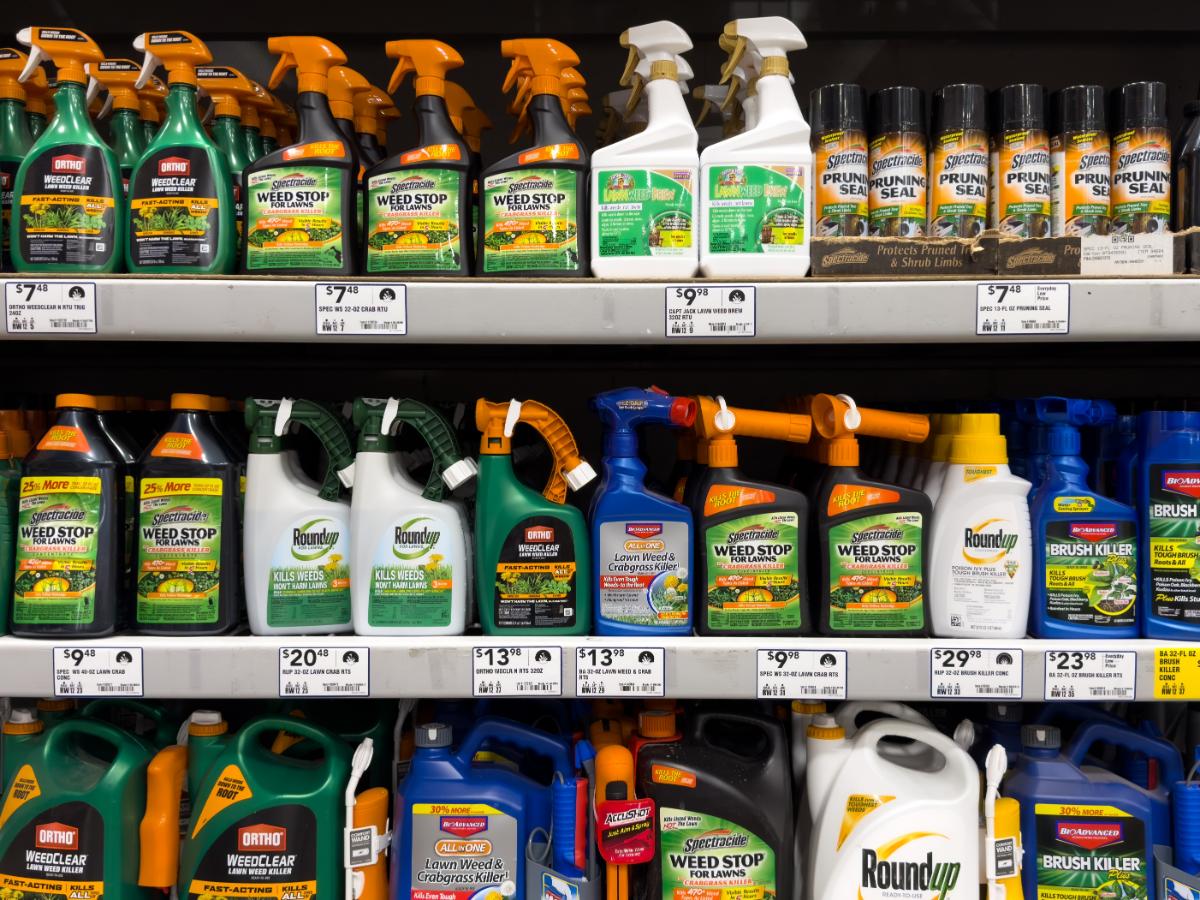
As it turns out, you can successfully kill weeds, even poison ivy and other noxious plants, while using less weed killer AND staying environmentally friendly.
The rules are easy – purely common sense – and require no additional effort.
Jump to:
- We Could All Use Less Round-Up
- Benefits of Careful Herbicide Use
- 9 Steps to Safely Spray Weed Killer and Kill More Weeds
- 1. Understand How Herbicides Kills Plants
- Pre-emergent herbicides
- 2. Always Read and Follow Label Instructions
- 3. Mix Only What You Can Use
- 4. Spray on Windless Days
- 5. Spray Only What Needs Spraying
- 6. Make Weekly Rounds for Persistent Weeds
- 7. Keep Chemicals Mixing Items Separate
- 8. Wear Protective Clothing and Equipment
- 9. Store Chemicals Safely
We Could All Use Less Round-Up
Round-Up (glyphosate) has long been at the center of controversy in the gardening world. The International Agency for Research on Cancer classifies glyphosate as “probably carcinogenic to humans” while the Environmental Protection Agency states that glyphosate is perfectly fine! The National Institutes of Health has found that glyphosate-based herbicides could disrupt animal reproduction. Various environmental agencies have raised concerns about the sheer magnitude of its use.
“Hundreds of millions of pounds of glyphosate are used each year in the United States, mostly in agriculture but also on lawns, gardens, landscaping, roadsides, schoolyards, national forests, rangelands, power lines and more,” states the Center for Biological Diversity.
In my part of the world, the county commissioners want to restore an old lake into a recreational area – but first, they want to spray herbicide from a plane over the lake to kill off all vegetation before dredging it. This oxbow lake is the top birding hotspot in the county, with 248 species spotted over the last 20 years, including a number of rare birds. Homeowners with lawns, trees, and gardens around the lake could be affected if the aerial spraying is done on a day with even a light breeze. And let us not forget that the Missouri River is located only 400 feet away from this lake.
Is this responsible – or even necessary?
Personally, I wonder if there are ways to dredge a lake that don’t involve spraying glyphosate over a birding hotspot 400 hundred feet away from a major waterway.
Spraying a home garden seems like small potatoes next to initiatives like this. However, even home use of herbicides, insecticides, and fertilizers across the nation adds to the huge accumulation of chemicals in the soil and water. We can still do our part.
Benefits of Careful Herbicide Use
The benefits are pretty easy to understand.
- There’s less herbicide drift.
- You use less herbicide, naturally.
- Despite using less, you kill more weeds.
- It is more environmentally friendly.
- And it saves money!
(It seems as if half my gardening tips come back to "it saves you money." Call me cheap, but it has served me well.)
Does responsible herbicide usage take longer? Only at first. There’s a small learning curve, but you will soon learn how to spot and hit the targeted weeds with herbicide. In fact, many times, you finish the job more quickly because you’re only spraying what needs spraying instead of slowly spraying the whole lawn or garden.
It’s not just harmful chemicals that can be sprayed safely. It’s also important to spray organic pesticides safely as well.
9 Steps to Safely Spray Weed Killer and Kill More Weeds
1. Understand How Herbicides Kills Plants
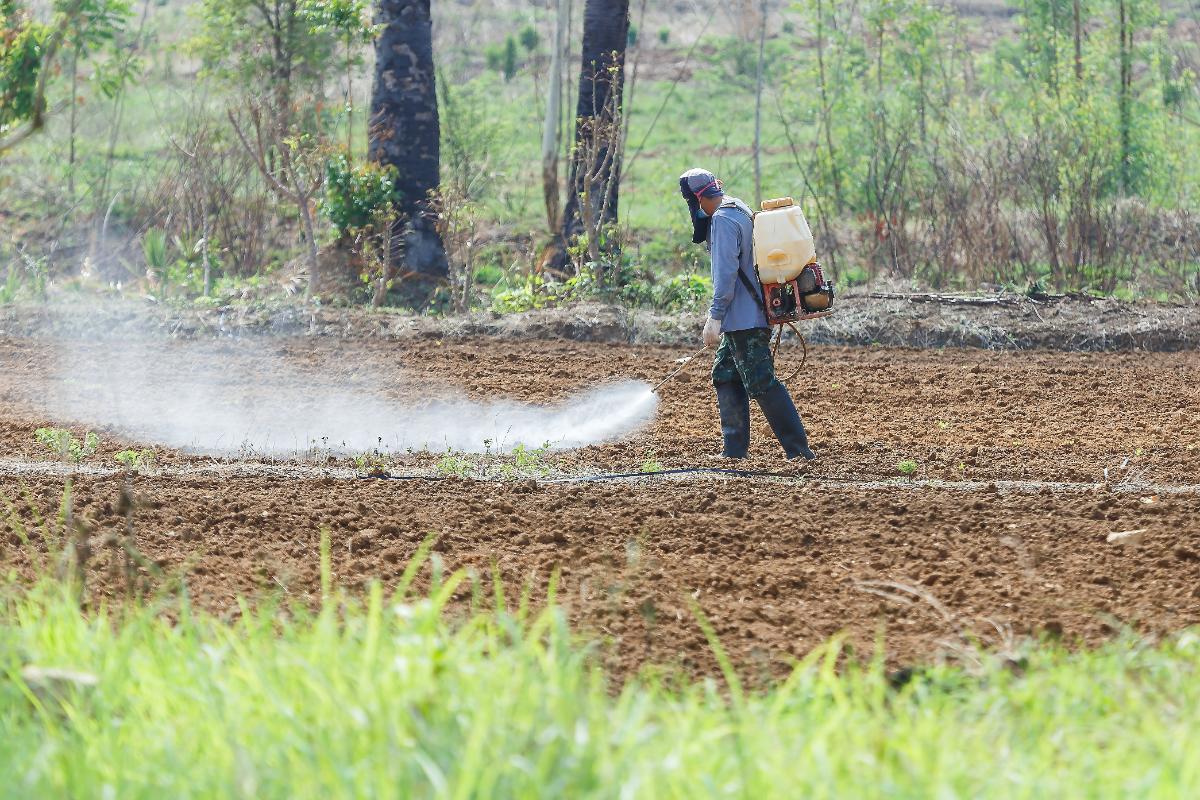
By knowing how herbicide kills the plant, you can pick the one that works best for your needs – and more effectively. Never again will you spray a contact herbicide on the ground around the target plant or spray a random weed with pre-emergent.
Pre-emergent herbicides
These target seeds and newly germinated plants in the ground, stopping before they emerge. Pre-emergents don’t affect established plants that are already growing. In general, they should be sprayed six weeks or more after sowing seeds, or three months before the seeds are sown. If you have a place in your lawn or garden where weed seeds are always popping, lay down some pre-emergent.
Post-emergent herbicides
Apply post-emergent herbicides after weed seedlings emerge and they’re still tiny, such as when the cracks in the driveway are crammed full of young weeds.
Selective herbicides
These kill only selected weeds. For example, a broadleaf herbicide can be sprayed on grass because it targets only broad-leaved weeds such as dandelions or clover.
Non-selective (or broad spectrum) herbicides
Non-selective herbicides don’t care what they’re sprayed on; they will kill or damage any plant they touch.
Contact herbicides
Contact herbicides must be sprayed directly on the weeds. These herbicides must contact the plant so its poison can be absorbed through the leaves and stems. Contact herbicides should not be sprayed on bare ground – that merely wastes it.
Soil sterilants
Avoid sterilants like the plague. These kill everything in or above the soil for 10 or more years. Any tree roots in the kill zone will be affected, whether they are in the area during application or grow into it later.
Soil sterilants are meant only for places that need to keep plants out for safety reasons, like railroad rights-of-way or places where plants could create fire hazards or impede work crews.
The problem with using soil sterilants is that they are water-soluble. This means that any water runoff in the sterilized area will carry the sterilant into your lawn or garden, permanently killing off the plants there as well. To make matters worse, erosion often occurs in bare areas where there are no living roots to hold the soil in place. Water runoff then increases, causing irreversible damage. Just say no, folks.
2. Always Read and Follow Label Instructions
This rule should be used liberally and often!
Read the herbicide label in the store before buying to make sure it targets the weeds you want to kill.
Read the label again when you mix the chemicals. Follow the directions to a T.
Use only the amount specified on the label when mixing chemicals. Using more doesn’t make the chemical stronger – it merely wastes it. Sometimes the chemical becomes less effective.
Even an organic herbicide like horticultural vinegar must be used according to label instructions. Just because it’s organic doesn’t mean it’s harmless.
3. Mix Only What You Can Use
Prepare only as much as you need. If you don’t have enough, make a small second batch. Mixed chemicals that are left sitting for a few days will break down and lose their potency.
4. Spray on Windless Days
To avoid problems with herbicide drift, spray on calm days when the wind is under 5 mph. If the wind starts blowing while you’re spraying, wait for it to settle down. If it doesn’t, you might have to call it a day.
Mornings with plenty of dew are best for applying weed and feed because the granular herbicides will stick to the plants. Evening is good for spraying because the weed killer will evaporate more slowly after sundown, giving weeds more time to absorb it.
Avoid spraying if the temperature is going to be higher than 85 degrees within 24 hours of applying the herbicide.
5. Spray Only What Needs Spraying
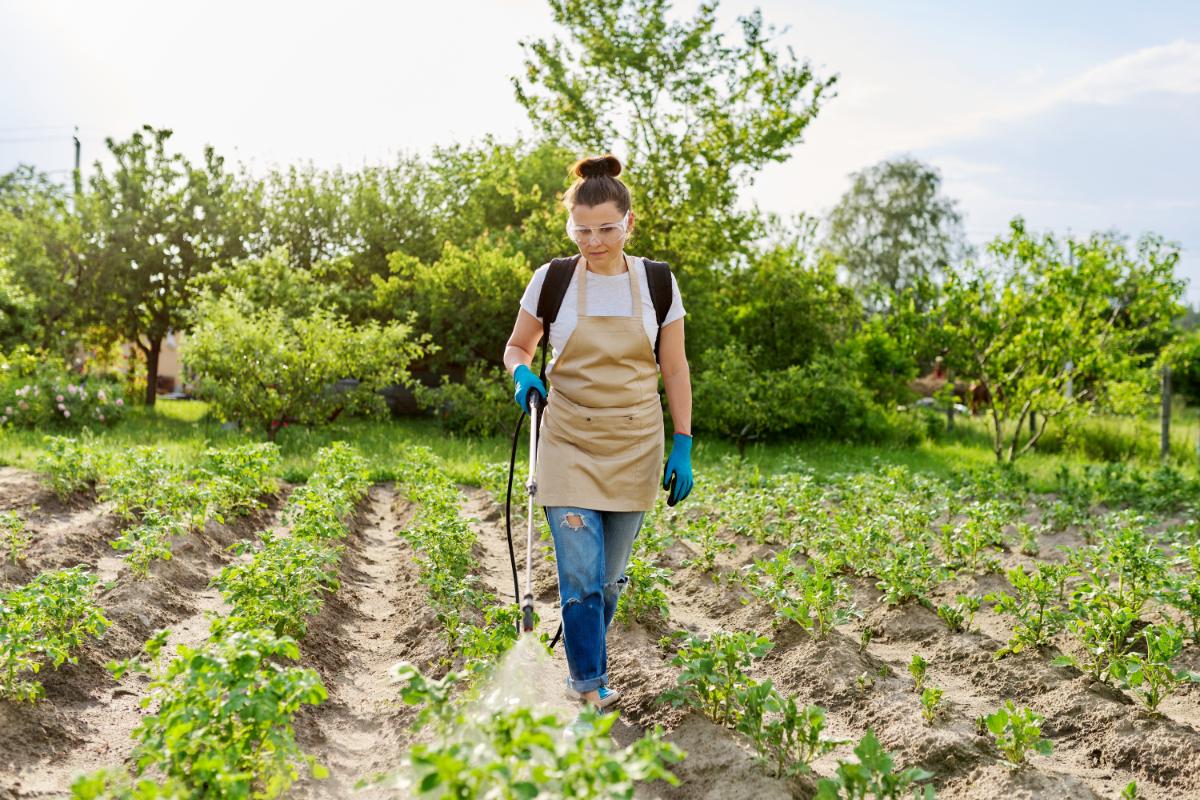
Effective spraying is probably the most valuable skill here. Yet it’s still common to see some landscapers, or even somebody with an applicator’s license, waving the nozzle high above the plants as they spray. What is this bibbity-bobbity-boo magic wand stuff? This kind of spraying leads only to spotty, ineffective application and more chemical drift.
Man, do you want to kill those weeds? Then follow these steps!
- Keep the spray nozzle low, skimming over the tops of the plants as you spray.
- Point the nozzle at the weeds you want to kill and sweep it across them. There’s a knack for doing this well so that most of the herbicide hits the weed leaves instead of the ground underneath.
- Spray enough to wet the leaves evenly without dripping.
- If there are only a few weed patches in the lawn, spot-spray those areas. Instead of spraying the bare ground between weeds, spot-spray the weeds.
- When broadcasting broadleaf herbicide over a lawn, mark out the lanes with small flags so you can apply the spray in straight lines while covering everything evenly.
- If weeds are growing right next to a garden plant, then place the nozzle directly onto the targeted plant, squeeze the handle just enough to get a few drops, and then wipe herbicide on the leaves. No splashback, no drift.
There are also cones that can be attached to the end of your spraying wand for effective spot spraying with no drift. Just cover the weed with the cone and spray.
If most of your weeds turn out to be annuals going to seed, then put away the Round-Up and pick up some pre-emergent instead. Annuals that go to seed will die in a couple of weeks, but the seeds will be ready to pop later.
6. Make Weekly Rounds for Persistent Weeds
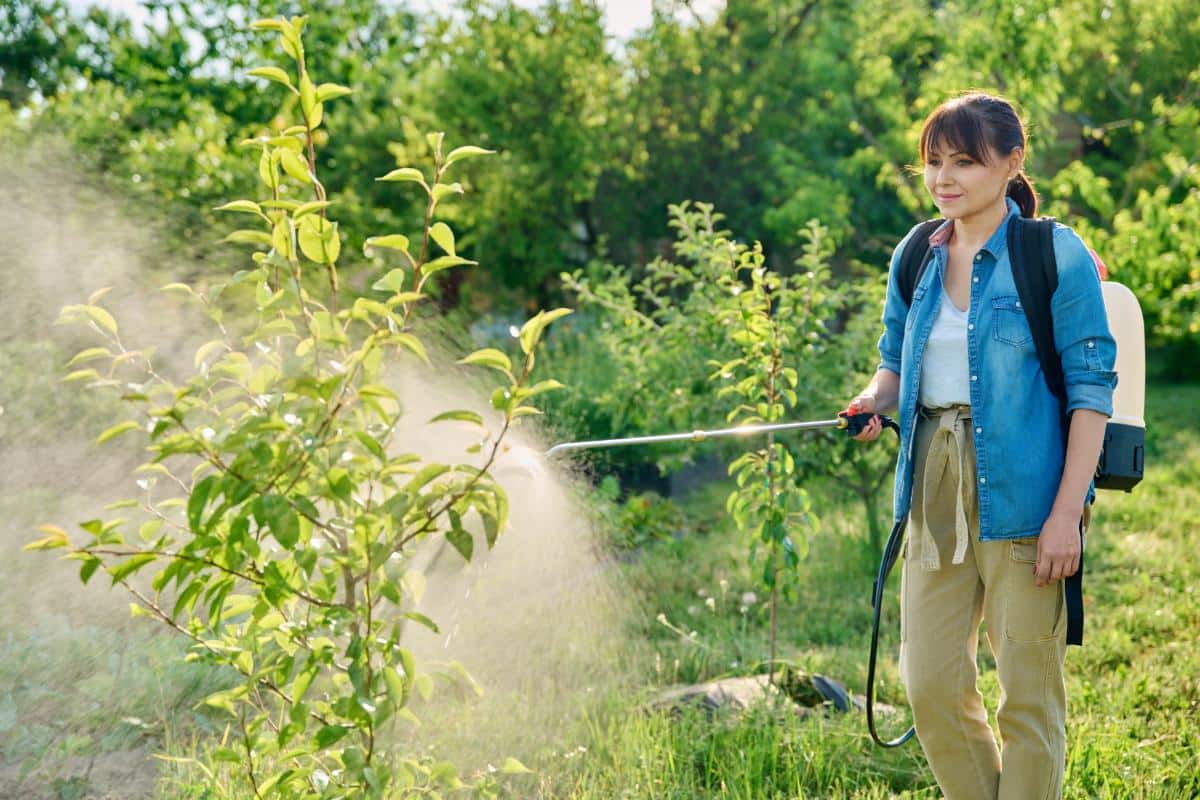
Sometimes perennial or woody weeds such as poison ivy require a few extra steps. Cut these weeds back as far as possible, then spray the cut ends and what few leaves remain. Come back every 10 to 20 days and spray every shiny new leaf the weed unfurls. Your goal here is to starve the weed from photosynthesis. Do this for long enough and it will be forced to deplete its stored energy – and this will kill it in the end.
There have been times where I didn’t follow through with this course of action, leaving the weed only half-dead. I’d come back later to find the weed covered with new leaves, and have to start from zero.
7. Keep Chemicals Mixing Items Separate
Keep a measuring cup and spoons meant only for the sprayer – and mark them as “Chemicals Only!” Don’t use kitchen items to measure chemicals. That always leads to trouble.
8. Wear Protective Clothing and Equipment
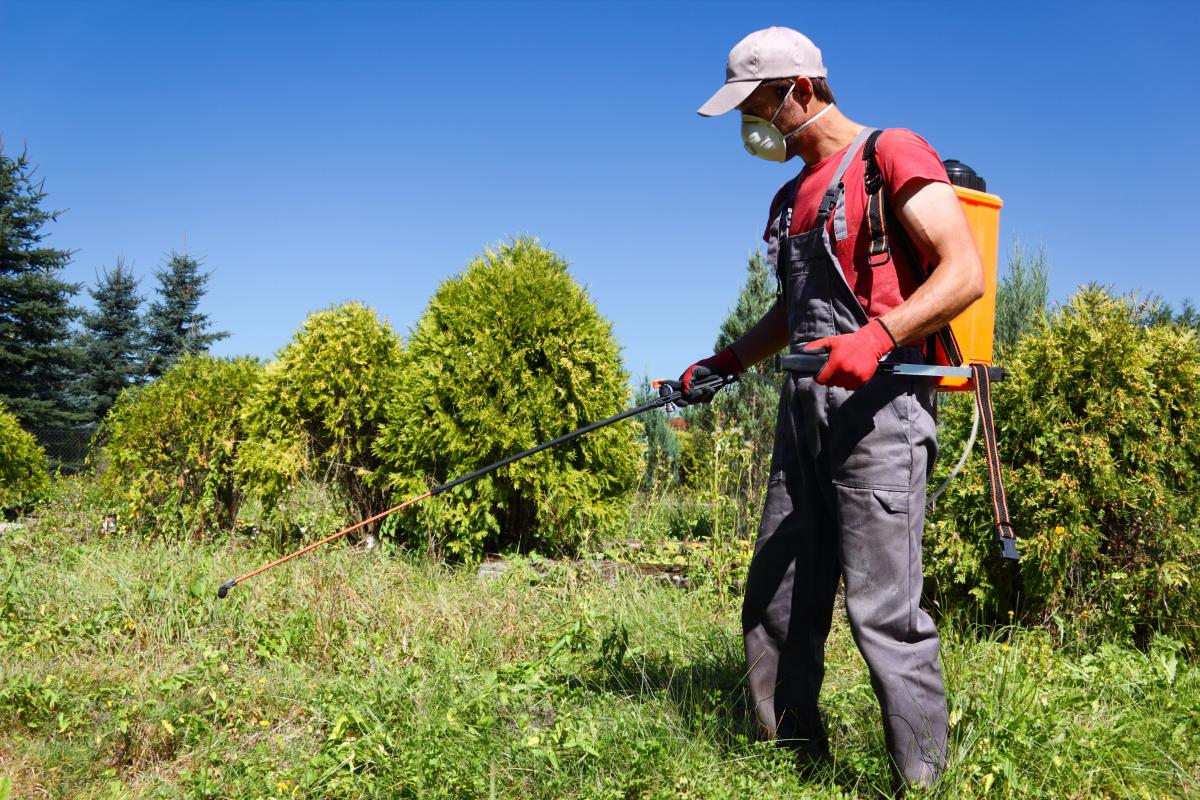
Store these separately from your other equipment. Chemical-spraying clothes should be washed separately, not with the regular laundry.
9. Store Chemicals Safely
Keep chemicals in a space where there are no temperature extremes, if possible, away from freezing temperatures and broiling heat. The space should be out of reach of animals and children and kept locked.

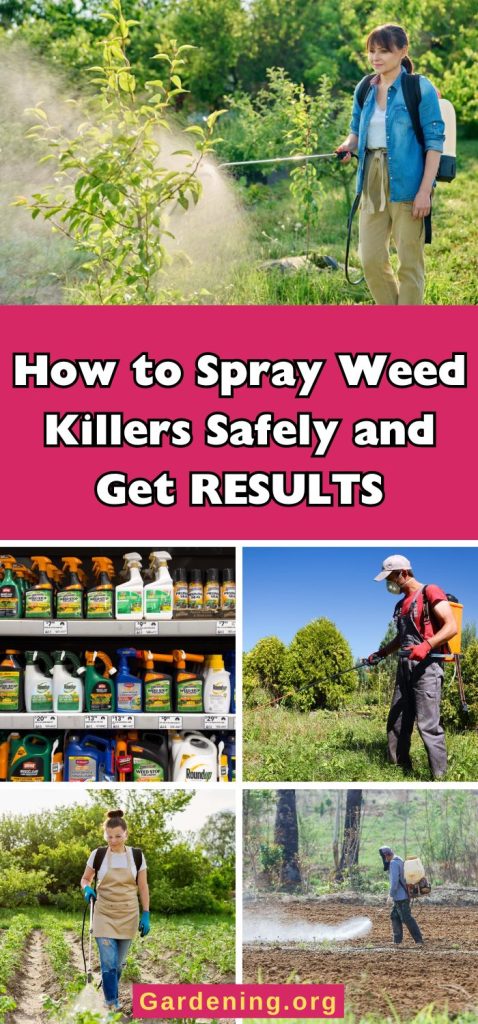
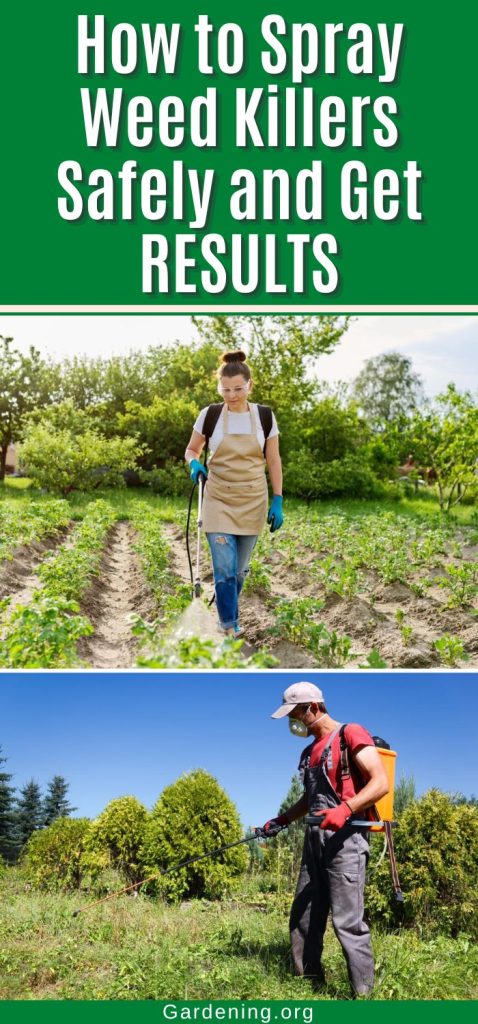
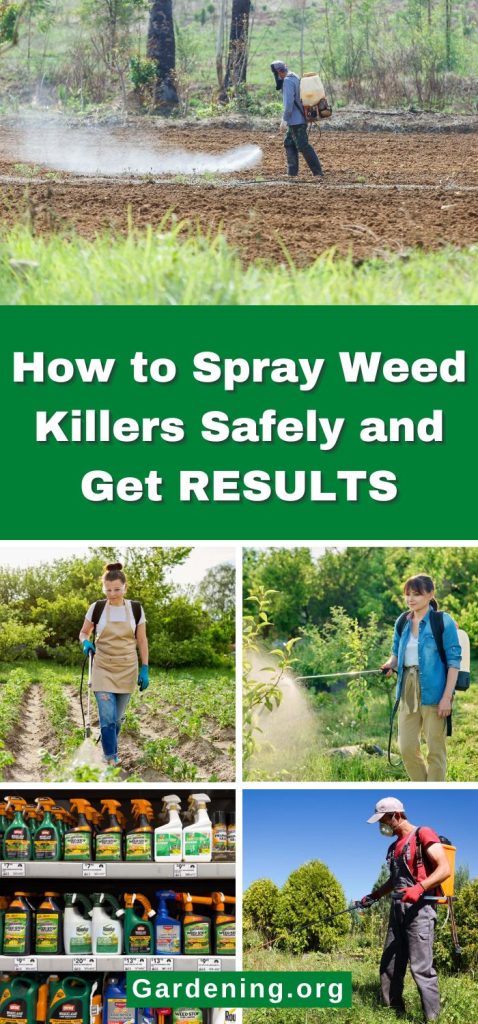




Leave a Reply